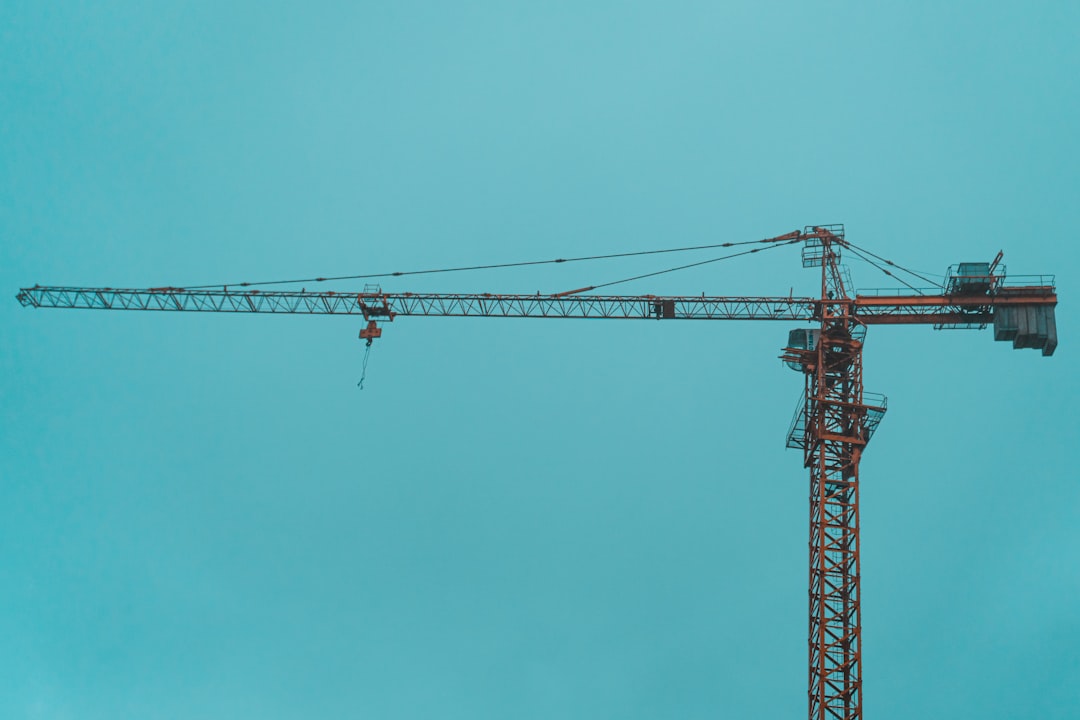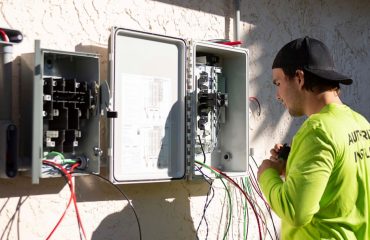body { font-family: sans-serif; line-height: 1.6; }
h1, h2, h3 { color: #333; }
img { max-width: 100%; height: auto; }
The construction industry is undergoing a significant transformation, driven by the need for sustainable, efficient, and cost-effective building solutions. Hybrid construction, a clever blend of traditional and modern building methods, is emerging as a leading approach, offering a unique combination of advantages. This post explores the diverse facets of hybrid construction, delving into its various techniques, benefits, challenges, and future prospects.
1. Understanding the Core Principles of Hybrid Construction
Hybrid construction isn’t simply about using different materials together; it’s a strategic approach to leveraging the strengths of various methods to achieve optimal results. It involves combining elements of traditional techniques, such as timber framing or masonry, with modern methods like steel structures, prefabricated components, or 3D-printed elements. The key is synergy – selecting materials and methods that complement each other, minimizing weaknesses and maximizing performance. For example, a project might use a steel frame for structural integrity, combined with timber cladding for aesthetic appeal and insulation, and prefabricated modular units for faster construction.
2. Exploring Different Hybrid Construction Methods
The versatility of hybrid construction allows for a wide range of combinations. Some common examples include:
- Timber-Steel Hybrids: Utilizing the renewable and sustainable nature of timber for walls and floors, while employing steel for structural support, particularly in taller buildings or areas requiring high load-bearing capacity.
- Concrete-Steel Hybrids: Combining the strength and durability of concrete with the flexibility and precision of steel. This is often seen in high-rise buildings where concrete forms the core structure, and steel is used for beams, columns, and bracing.
- Masonry-Steel Hybrids: Integrating traditional masonry walls with steel framing for improved seismic resistance and structural integrity. This approach offers a balance between aesthetic appeal and modern engineering principles.
- Prefabricated-In-Situ Hybrids: Combining prefabricated modules (walls, floors, or entire sections) with on-site construction. This approach accelerates construction timelines while allowing for customization and site-specific adjustments.
- 3D-Printed Concrete-Steel Hybrids: Employing 3D printing technology to create complex concrete forms, which are then reinforced with steel for structural strength. This method enables intricate designs and reduces construction waste.
3. The Advantages of Embracing Hybrid Construction Techniques
Hybrid construction offers a compelling array of benefits:
- Enhanced Sustainability: The ability to incorporate sustainable materials like timber reduces the environmental impact compared to relying solely on concrete or steel.
- Increased Efficiency: Combining prefabrication with on-site construction streamlines the building process, leading to faster project completion and reduced labor costs.
- Improved Structural Performance: Hybrid structures often exhibit superior strength, durability, and resistance to natural disasters compared to traditional methods.
- Cost-Effectiveness: While initial investment might be similar, the efficiency gains and reduced waste often lead to overall cost savings in the long run.
- Design Flexibility: The blend of materials and techniques allows for greater design freedom and the creation of innovative and aesthetically pleasing structures.
4. Addressing the Challenges of Hybrid Construction
Despite its advantages, hybrid construction faces certain challenges:
- Design Complexity: Integrating different materials and construction methods requires careful planning and expertise to ensure compatibility and structural integrity.
- Material Compatibility: Selecting materials that work well together is crucial to avoid issues like differential expansion or corrosion.
- Skill and Training: Construction crews need to be proficient in various techniques, requiring specialized training and potentially higher labor costs initially.
- Regulatory Compliance: Meeting building codes and regulations can be more complex with hybrid approaches, requiring thorough documentation and approvals.
- Cost Uncertainty: Accurate cost estimation can be challenging due to the involvement of multiple materials and techniques.
5. The Future of Hybrid Construction: Trends and Innovations
The future of hybrid construction is bright, with ongoing innovations driving further advancements. We can expect to see:
- Greater Integration of Advanced Materials: The use of high-performance concrete, self-healing materials, and bio-based composites will enhance sustainability and performance.
- Increased Adoption of Digital Technologies: Building Information Modeling (BIM), 3D printing, and robotics will optimize design, fabrication, and construction processes.
- Focus on Circular Economy Principles: Hybrid construction will increasingly incorporate recycled and reclaimed materials, promoting a circular economy within the industry.
- Development of Standardized Hybrid Systems: Standardization of components and techniques will streamline the construction process and reduce costs.
- Enhanced Collaboration and Knowledge Sharing: Collaboration between architects, engineers, contractors, and material suppliers will be crucial to drive innovation and overcome challenges.
In conclusion, hybrid construction is not just a trend; it’s a paradigm shift in the building industry. By intelligently blending traditional and modern techniques, we can create sustainable, efficient, and resilient structures that meet the demands of a rapidly evolving world.
Tags: Hybrid Construction, Sustainable Building, Modern Construction, Prefabricated Construction, Green Building




